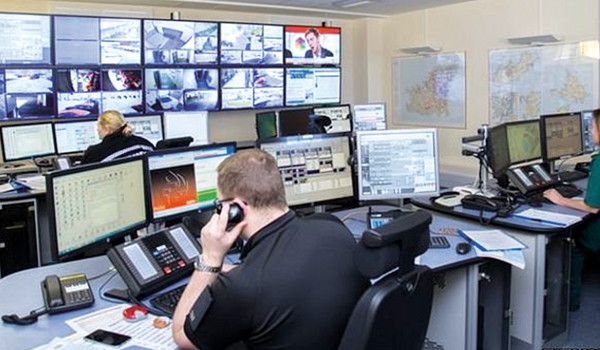Pioneering fingermark technology backed by Home Office
A pioneering technology to detect fingermarks at crime scenes, which provides additional information about a suspect, is a step closer to being incorporated into traditional forensic investigations thanks to funding from the Home Office.

A pioneering technology to detect fingermarks at crime scenes, which provides additional information about a suspect, is a step closer to being incorporated into traditional forensic investigations thanks to funding from the Home Office.
The technology, being developed at Sheffield Hallam University, uses matrix assisted laser desorption ionisation mass spectrometry imaging (MALDI-MSI) to provide crime scene investigators with key extra details about suspects. These details, such as any substances they might have touched, can provide crucial background information in a criminal investigation.
The Home Office Centre for Applied Science and Technology is so interested in the potential for the technologys application that it has co-funded a £80,000 PhD studentship with the universitys Biomedical Research Centre (BMRC) to allow for further testing. It is hoped that the technology will be incorporated into standard police investigation within a few years.
A fingermark is made up of material from the surface of the skin and from gland secretions. Conventionally, fingermarks found at the scene of a crime are lifted, often using a powder, and are compared with prints on a police database to identify a suspect.
The new technology uses MALDI-MSI for the first time to produce multiple images of fingermarks that can provide extra information on a suspect. These details can be important background information in a criminal investigation, especially if the suspects fingerprint is not on the police database and a positive ID cannot be made.
Dr Simona Francese, from the BMRC, said: Our research has demonstrated our technology can definitely be applied at crime scenes. It makes full use of a fingermark left at a crime scene, giving investigators a whole new level of information on a suspect in addition to their identity. It takes traditional methods of dusting for fingermarks and brings them right up to date.
Dr Rosalind Wolstenholme, senior lecturer in analytical science who has co-developed the technology, said: Our goal is to get the technology included in police manuals on how to detect fingermarks at crime scenes. The funding from the Home Office will allow us to take steps towards this and to develop potential commercial applications for the technology.


